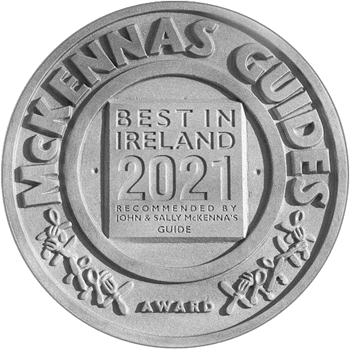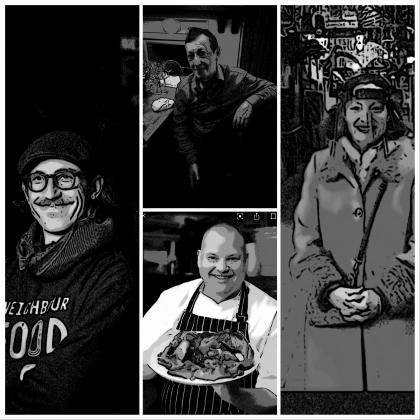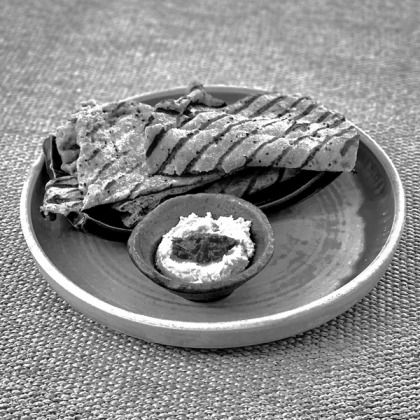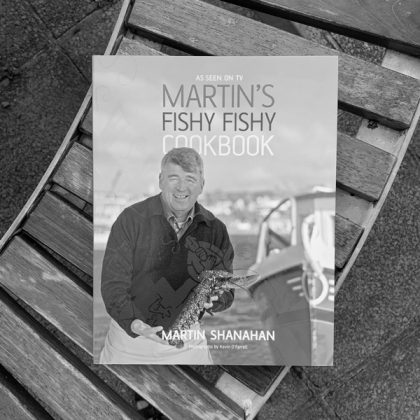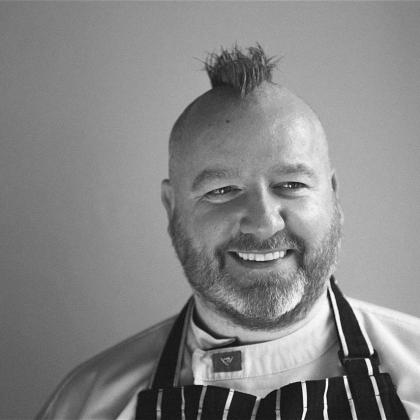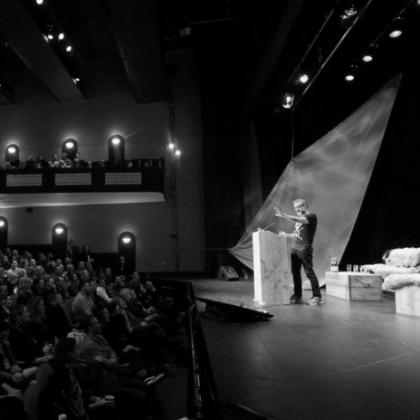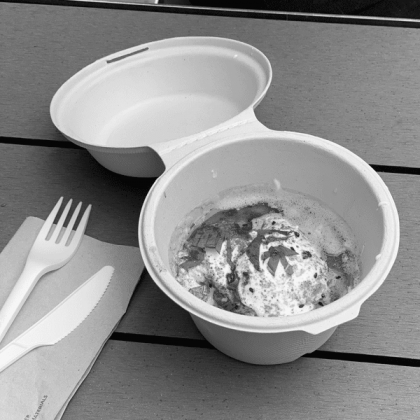The reality of René Redzepi’s wildly-praised second cookbook, Noma: Time & Place in Nordic Cuisine is that it’s as much about seeing, as it is about cooking. The photography, by Ditte Isager, makes this clear. In amidst the shots of food on plates – or on stones – there are photo of the foragers and growers Redzepi uses in his Copenhagen restaurant, and shots of ingredients they collect and grow. The book, beautifully and very artfully achieved, is a parallel to Redzepi’s own journey to find and create a Nordic cuisine. It puts me in mind of the famous eye chart by Aaron Siskind (see above).
Redzepi has looked intensely and slowly, and things have appeared before his eyes: sea buckthorn; milk skin; wild garlic flowers; bulrushes; woodruff; birch wood; green strawberries; seashore herbs; beach mustard. All that stuff in front of your eyes and under your feet.
In finding all this queer gear, Redzepi has made something happen with his cooking that he might have dreamed of, but probably never thought he could achieve. He has synthesised the wild and cultivated foods of his region with an aptitude that has both an open mind, and brilliant culinary skill at its disposal – the guy has worked in both El Bulli and The French Laundry.
But he admits in the book that his first efforts in Noma were faltering: the vision was incomplete, the hunger was there, but not the philosophy. “I didn’t have the necessary mental freedom”. he says, and Noma cooking only arrived when he had cast off his overcoat of bourgeois cooking.
It is worth pointing out that Redzepi’s father came from Macedonia and, when the family went there to visit ,“If we wanted meat... we had to kill a chicken”. You don’t leave something like that behind, unless it terrifies you and you flee from it, flee into bourgeois cooking, perhaps. But if it stays with you, then it forms you and it shapes how you think and feel about food: you understand the preciousness of it, and you want to find food that causes as little disruption to the planet as possible. So, you go foraging in the woods and on the foreshore, and you bring back ceps and beech nuts, snails and dandelion, moss and walnuts. And then you build a cuisine.
Noma: Time and Place in Nordic Cuisine is a break-through book. There are lots of chef’s books just as bulky and lavish as this, and they are mostly useless – The French Laundry Cookbook, anyone? Raymond Blanc’s first book, and so on and on. This is different. Not because the food is easy – it isn’t – but because the unification of culinary vision and artistic vision is so triumphantly orchestrated and resolved. The book is mind-blowing. It helps us to see more clearly.
